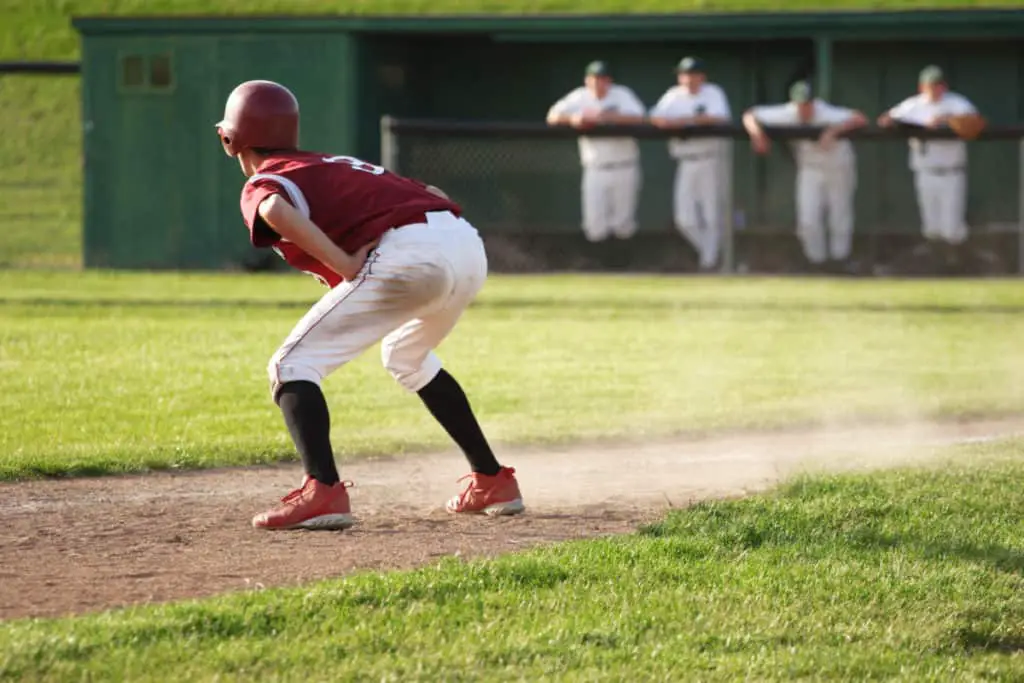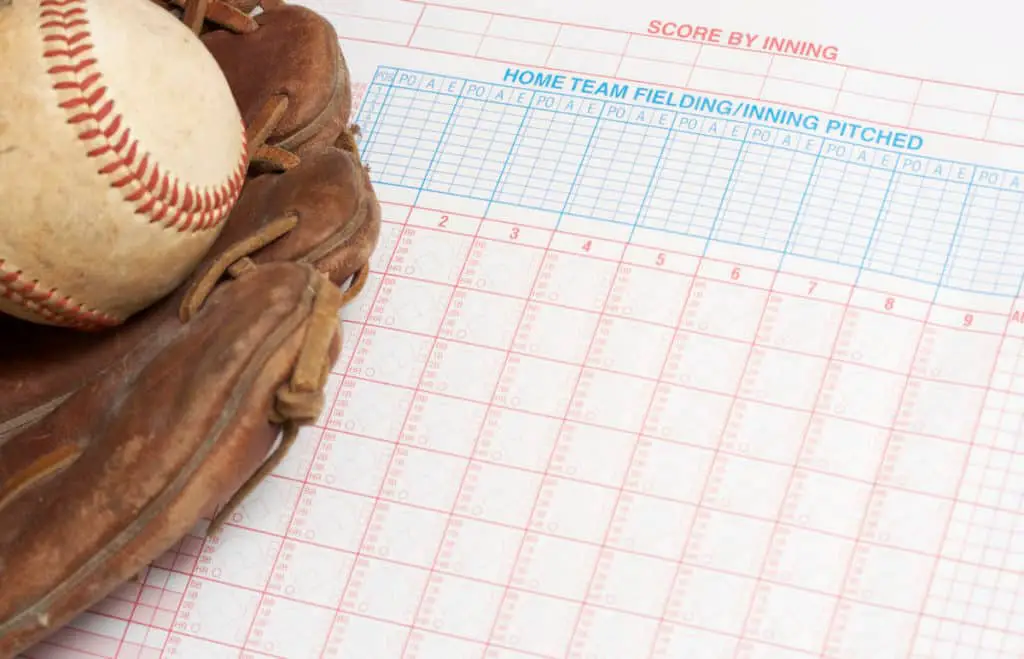Arguably the most difficult and important position in the field, the shortstop is vital to any pitcher’s success.
There is a wide range of responsibility from fielding ground balls, getting to the short pop fly in the outfield, serving as the cutoff person for balls hit into the outfield, covering 2nd base on a steal, and turning the double play. The list could go on!
The bottom line is that to play the shortstop position, the player must posses specific skills, athletic ability and overall awareness of the game.
How To Play Shortstop
The best shortstops have the strongest and most accurate arm of all infielders. They must have good range, quality hands and quick reflexes. Overall, they must have baseball instincts, common sense and the confidence to play a demanding position. Finally, the ability to turn a double play is essential.
Below, I will dive into the following topics related to playing shortstop:
- Skills Required
- The Importance of the Feet and Hands
- Keys to Making Quality Throws
- Proper Positioning at shortstop
- Drills to Improve Your Fielding Skills

How To Play Shortstop: Skills Required
We started to list some of the skills above, but here is a complete look at the list of skills required to be a quality shortstop for your team.
- A strong and very accurate arm
- The best range on the team
- Soft hands and quick reflexes to take hard hit ground balls and get into the proper position
- Quality baseball instincts, awareness and overall common sense.
- Leadership skills – the shortstop is the captain of the infield and is in constant communication with the entire team while in the field.
- Quick feet and release to turn a double play
How to decide baseball positions?
How To Play Shortstop: The Importance of the Feet and Hands
The shortstop typically has the most range of anyone on the team. This takes quick feet, some speed and overall awareness to be in the right position to make the best play possible.
- Get comfortable in a fielding position, ready to move slightly forward on the pitch. The shortstop wants to be moving forward at the time of the pitch with his or her glove in front of them.
- Hands low when getting ready to field the ball, it is easier to move your hands up for a ball that bounces up. Charging a slowly hit ball and being ready will allow you to play deeper, but you must be ready to move forward.
- Feet moving and ready for action on the pitch. Think active, be active and be smart.
- Keep the bill of your hat down when fielding a ground ball, and always play the ball. Do not let the ball play you! Find a good bounce!
- Read whether the first hop is a short hop (close to the plate) or a long hop (further way from the plate) and play accordingly.
- Use a crossover step for ground balls hit to either side and stay low. Work on the backhand and planting your right foot to make a strong throw.
- On hard hit smashes, get in front of the ball and use your body. Knock it down and bare hand it to make a strong throw.
What is the role of the shortstop?

How To Play Shortstop: The Key to Making Quality Throws
- Think and prepare ahead of time of where you are going if the ball is hit to you. Is there a runner on 1st base? Is there a force at a base? Are the bases loaded and you are throwing home or stepping on 2nd and then throwing across to first?
- If you don’t have a chance to get the runner, hold the ball. Don’t compound a bad play by making a bad throw on top of it.
- Make the throws in practice at the same pace you will in the game. Create game-like situations to build comfort with the angles and the throw you will need to make.
- With a runner on first, always try to get the force play at 2nd base. Listen for help from the 2nd baseman on the proper throw.
- Most shortstop throws are long and take the proper planting of the right foot to get enough velocity on the ball.
What is the hardest position in baseball?
How To Play shortstop: Proper Positioning at shortstop
- There is no fixed position, know the hitter and the pitcher.
- Study the hitter and adjust throughout an at bat and during the game.
- Know the speed of the hitter. This will impact the depth you are playing at.
- Be ready for the bunt with certain hitters and certain situations.
- Field the ball and get rid of it quickly.
- Know the condition of the field. Wet and slow. Dry and fast. Bare infield or grass infield!
- Overall depth is determined by the strength of your arm. The stronger your arm, the deeper you can play, the more ground balls you can get to.
How are baseball positions numbered?

How To Play shortstop: Drills to Improve Your Fielding Skills
- Take plenty of hard hit ground balls.
- Work on ground balls hit in both directions and the footwork to make a strong throw.
- Work on pop flies hit slightly over your head between you and the outfielder
- Work on the slow roller and ready to make the off balance throws
- Work on tagging runners out. Soft hands, catch and swipe.
- Work on taking cutoffs and listening to your teammate for direction
- Work on being a leader and active in communication even during scrimmages and drills.
Baseball positions in order of importance (rankings)
Things to Consider: Other Positions
Do you have the skill to play shortstop? What is your secondary position?
Other Ideas for Improvement: Watch The Best of All Time
Check out Ozzie Smith, Omar Vizquel, and Francisco Lindor on YouTube to watch some great defensive players. Three players from three different eras. Watch their footwork, positioning and how they make throws from different arm angles. They are a joy to watch and you can learn a lot.
Final Thoughts
Whether you are a player or coach, keep the game in perspective and keep it fun. The joy of working hard, improving and competing should keep the player coming back to every practice and return to the team the following year. Enjoy the journey, embrace your teammates and celebrate the accomplishments along the way. Baseball is supposed to be fun, let’s all work to keep it that way!
